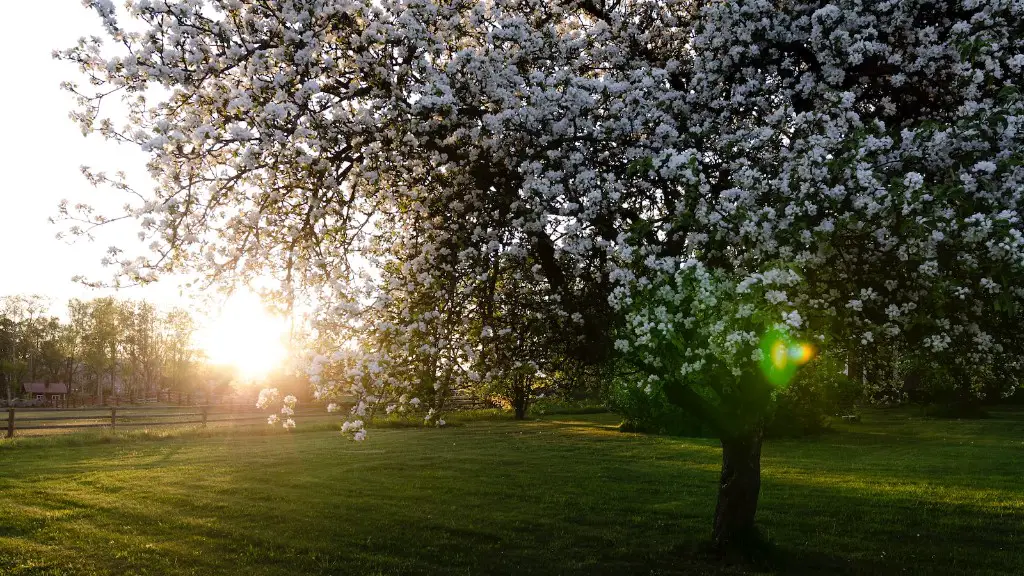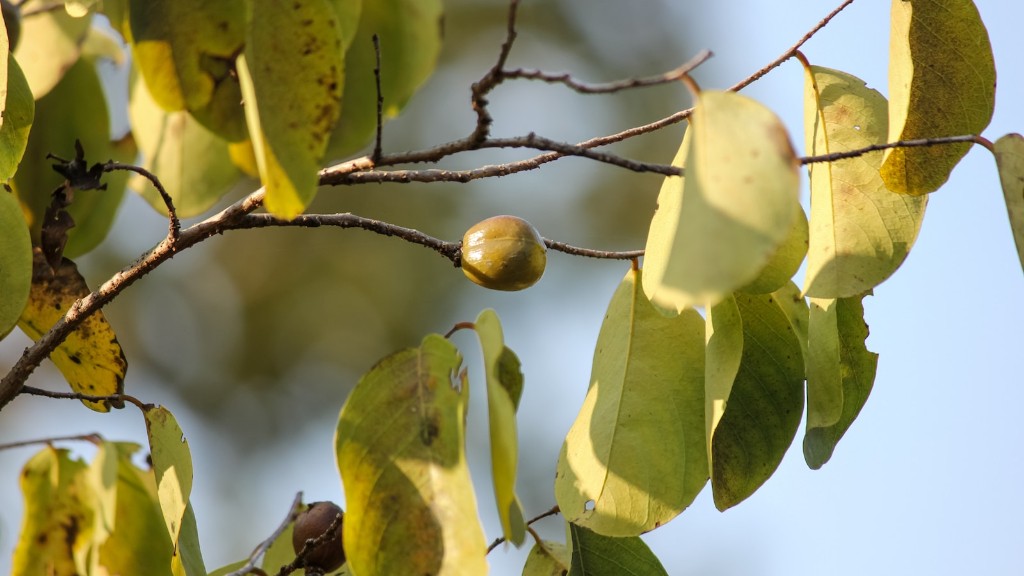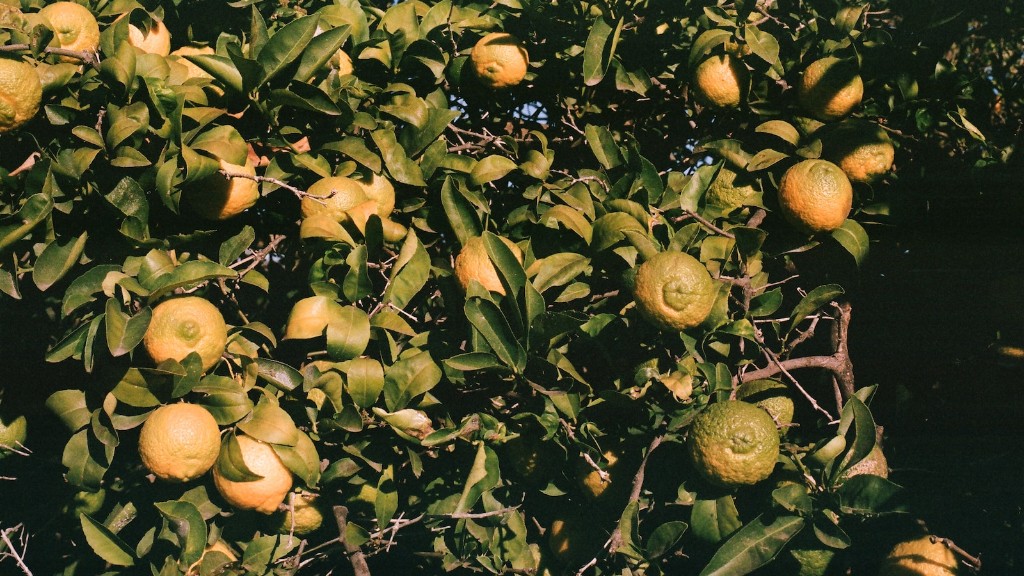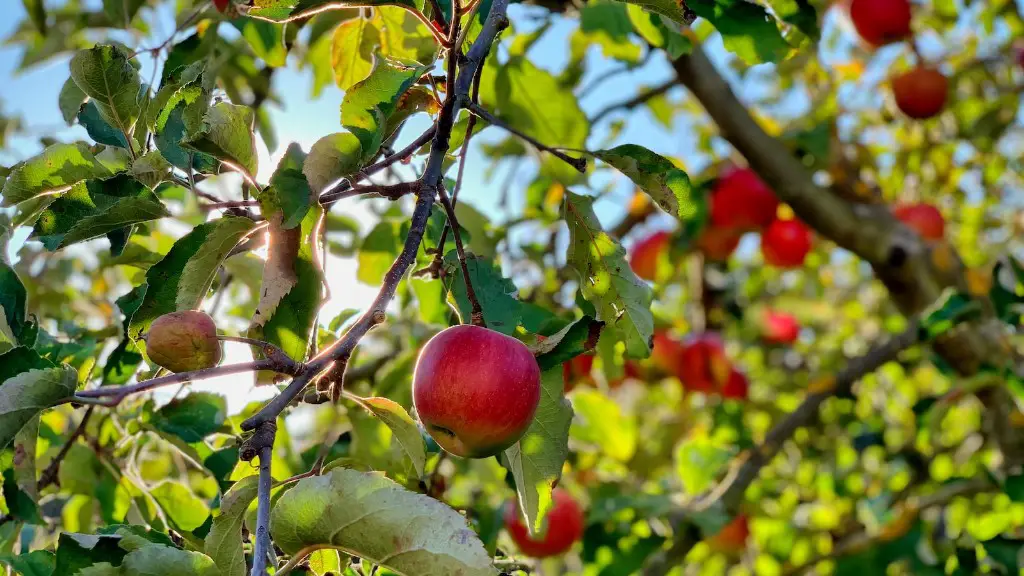Apple trees should be sprayed with appropriate insecticides and fungicides at proper intervals throughout the growing season to reduce pest and disease damage. Spraying should begin when the first blooms appear and continue through harvest. If you are diligent about your spraying, your apple trees will thrive.
The timing of when you should spray your tree is dependent on the type of apple tree you have, as well as the type of pests and diseases you’re trying to protect against. For example, if you’re growing a semi-dwarf or standard apple tree, you’ll likely want to start spraying soon after the tree starts to bloom to prevent codling moth damage. Other pests, like scale, may not appear until the tree has leafed out, so spraying for that pest might have to wait until then.
Sometimes, the best time to spray an apple tree is just before a rain shower. This will help the product stick to the tree, as the rain can wash away the application if the leaves are wet before it’s absorbed. You will also want to avoid spraying in temperatures above 90°F or when strong winds are present, as this can reduce the efficacy of the application.
In addition to conventional insecticides, fungicides, and other chemical treatments, apple tree growers should also use cultural and physical methods to reduce pest infestations. This can include cleaning up fallen fruit and leaves in late fall, as this will reduce overwintering sites for pests. Physical barriers, such as barriers made with bird netting, can also be used to protect trees from pests.
Finally, it’s important to remember that the apple tree is part of a larger ecosystem. A healthy environment will not only be beneficial to the tree but to the other organisms that depend upon it. This means avoiding the use of harsh chemicals whenever possible and taking steps to protect beneficial insects and pollinators on your property. This is especially important when applying any kind of organic spray to your tree, as this can kill beneficial organisms as well.
When To Spray For Pests
In order to effectively combat pests that attack apple trees, it is important that they are sprayed at the right time. Typically, apple tree pest sprays should be applied when the buds are in the tight cluster stage or when leaves are young and soft. This is usually done after full bloom just as the petals from the flowers have dropped off. When spraying for pests, it is also important to make sure you reapply the product after a rain, as this could have washed away the application.
If you are dealing with codling moths, you will likely need to begin spraying soon after the tree blooms. This is when the larvae will be the most vulnerable. After spraying once, it is important to reapply after 7-10 days to ensure that the pests are eliminated from your tree.
Alternatively, if you are dealing with scale, you should wait until after the tree has fully leafed out. This is when the scale insects are most active and visible. Typically, applications should be made at least once per month until late fall.
When To Spray For Diseases
In addition to spraying for pests, it is also important to spray for disease. Apple tree diseases, such as scab and fire blight, can cause major damage to trees if left untreated. The best time to spray for these diseases is just before the buds begin to open. This timing is important, as it allows the fungicides to penetrate the tree’s cuticle before the disease has the chance to spread. Spraying should be reapplied every 10-14 days, or after a rain.
If you are dealing with mildew, the best time to spray is when the temperatures are between 60°F and 85°F. Typically, this will be early in the morning or late in the evening when temperatures are cooler. Spray applications should be reapplied every 7-10 days, or after a rain.
In order to effectively combat disease, it is important to choose the right fungicides. For example, copper-based fungicides are effective against scab, but ineffective against mildew. Therefore, it is important to make sure you have the correct products on hand before making any applications.
When To Spray Non-Chemical Treatments
In addition to traditional insecticides and fungicides, there are several non-chemical treatments that can be used to protect apple trees. These treatments include biological controls, such as beneficial insects and nematodes; physical controls, such as barriers, traps, and reflective tape; and cultural controls, such as proper mowing, irrigation management, and pruning. The timing of when to use these treatments is dependent on the type of treatment being used.
For example, if you are using nematodes to combat pest infestations, you should apply them when soil temperatures reach between 65°F and 95°F and just after a rain shower. This will give the nematodes the best chance to survive and thrive. If you are using reflective tape or physical barriers to keep pests out, these should be applied as soon as possible in order to be effective. Finally, cultural controls, such as proper mowing and irrigation, should be used throughout the season to keep the area around the tree healthy.
When To Spray Insecticides
Insecticides should be used as a last resort. Generally, the best time to spray insecticides is when pests are actively feeding on the tree. This is usually when the larvae (if present) have hatched, or when adults are actively flying and feeding. Insecticides should be applied in late evening or early morning when temperatures are cooler and pests are least active. When using insecticides, it is important to read and follow all directions on the label in order to avoid any potential harm to beneficial insects or other organisms in the area.
When To Schedule Sprays
When it comes to scheduling your sprays, the best approach is to make a plan ahead of time and note it on your calendar. Doing so ensures that you are consistently spraying at the right intervals throughout the growing season. This will give your apple tree the best chance of staying healthy and disease free.
In addition to scheduling any conventional treatments, it is also important to make sure that you have any non-chemical treatments in place as well. This could include cultivating beneficial insects and pollinators, using physical barriers, and practicing proper mowing, pruning, and irrigation.
Finally, it is important to be aware of any weather changes that could affect your spray schedule. If there is a sudden drop in temperature or heavy rain, you may need to wait a few extra days before spraying to ensure that the product has been absorbed and the environment is safe for beneficial insects.




